
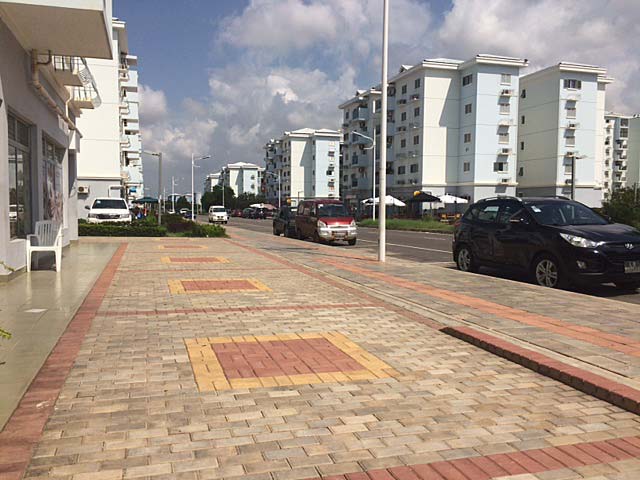
With the announced plan to build a new capital city for 5-7 million inhabitants 45km east of Cairo, Egyptian New Towns have taken on renewed importance in the national discussion.
New Towns have been on the urban agenda of Egypt since 1976, when the first city, ‘Tenth of Ramadan’, was built under President Sadat. Since then, 22 New Towns have been constructed, and more appear on the drawing board every day. That makes Egypt’s New Towns program the most ambitious in the world, with the possible exception of China and India.
In December 2015, INTI researcher Rachel Keeton visited Cairo in order to start her fieldwork for the upcoming publication "Urban Africa. A Handbook for New Planned Cities", which is made in collaboration with UN-Habitat. This book will explore New Towns throughout the African continent since 1960 and aims to advise on future urban planning, using experiences from the past as well as incorporating innovative insights in design and governance. During the preliminary fieldwork, INTI conducted interviews, roundtable discussions and meetings with planning experts from the General Organization of Physical Planning (GOPP) and Cairo University, supported by the strategic urban planning programme team, Egypt office.
***
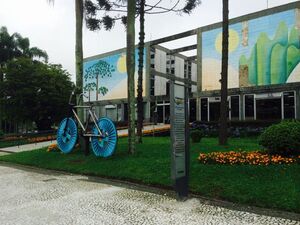
Curitiba is considered one of the world’s best examples of efficient and social urban planning. The city is primarily known for its innovative system of public transport, which was introduced in the 1970s. Now, more than fifty years later, the once praised system has reached the limits of its capacities and the city has started to search for alternatives. How can Curitiba maintain its strong tradition of public transportation while looking for new modes of transportation which can handle the current demand of this metropolis of almost 2 million inhabitants? In order to answer this question and to investigate the city’s problems and its potential, INTI is setting up a relevant network of urban professionals and is establishing a knowledge exchange program between Brazil and the Netherlands. Almere will be Curitiba’s counterpart and has invited Curitiba to become part of the Floriade Growing Green Cities 2022.
For more information please contact Jorn Konijn.
***
How can food products, grown in an urban environment, be sold and consumed in the city that grows them? Does it require a market, a restaurant or a regional fair? These are the questions with which a new city like Almere, which eagerly aims to develop its green image, deals with.
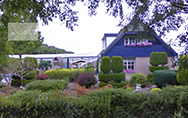
Therefore, in cooperation with Efibia Horticulture, the Flevo-hospital, Growing Green Cities Almere, INTI is organising a workshop on Urban Food Production for the students of CAH Vilentum, Windesheim Hogeschool, TU Delft and Wageningen University in Almere.
During this day, students will attend lectures about urban farming in New Towns in order to actually work out answers and solutions later. The most prominent question to be answered will be: what changes do we need in the chain of production, marketing, distribution and consumption to improve the urban agriculture landscape of Almere and avoid food waste? The Urban Food Production Workshop will take place on the 17th of March. For more information, contact us via: info@newtowninstitute.org
***
International New Town Day on June 30
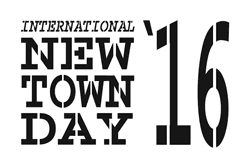
We are pleased to announce the very first International New Town Day, which will take place in Almere on June 30, 2016. During this conference, we offer planners, policymakers and mayors of new towns worldwide a chance to define what is on the global urban agenda for New Towns. There will be keynotes by representatives of Curitiba (Brazil), Guangming (China) and Nairobi (Kenya) and parallel round table sessions will focus on the mobility, diversity, regeneration and culture of new cities.
What are the most stringent common problems and the common goals? How does each individual New Town tackle such problems and how can other cities learn from their solutions? During the International New Town Day and the preliminary two-day-program of excursions, INTI offers the knowledge and the network to connect to relevant representatives of New Towns and private companies engaged in the development of new cities. The outcome of the day will be a New Urban Agenda for New Towns, which will be a contribution to the Habitat III conference in Quito, Ecuador in October 2016.
If you are interested in participating, please let us know via info@newtowninstitute.org
***
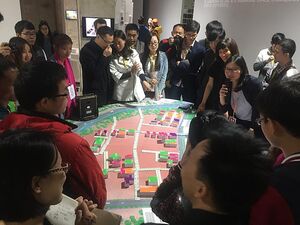
INTI experienced busy times at the opening of the 2015 Shenzhen Biennale of Urbanism/Architecture last December. We presented the exhibition Da Lang Fever 2.0 as a sequel to our successful event Da Lang Fever at the previous biennale.
Da Lang Fever 2.0 is based on our long-term research in Da Lang Neighborhood (Shenzhen) and proposes urban strategies to empower migrant workers in these outskirts of Shenzhen. Curator Linda Vlassenrood invited Play the City, architecture office space&matter and photographer Lard Buurman to develop an action plan for real urban interventions in one of Da Lang’s fast changing industrial areas, the so-called Fashion Valley. Da Lang Fever 2.0 shows one model for reprogramming a three-year-old, but still vacant hotel to emancipate the migrant society, one photograph depicting migrant workers in their neighborhood and one game called Play Da Lang. Play Da Lang brought together local migrant workers, factory managers, business owners, representatives from NGOs and the Da Lang Government in our exhibition space to collaboratively rethink a partly vacant site inside the Fashion Valley. During the opening weekend, we organized our first successful game sessions, the seminar Learning from Da Lang and a visit to Da Lang Neighborhood with inspirational contributions from Tat Lam (CEO of Shanzhai City) and Shenzhen based ethnographer Mary Ann O’Donnell.